The Blackpool rock maker: ‘We’ve done Marmite flavour, tikka-masala flavour – whatever the customer wants’
Tessa Waugh meets Coronation World – the makers of this seaside speciality.

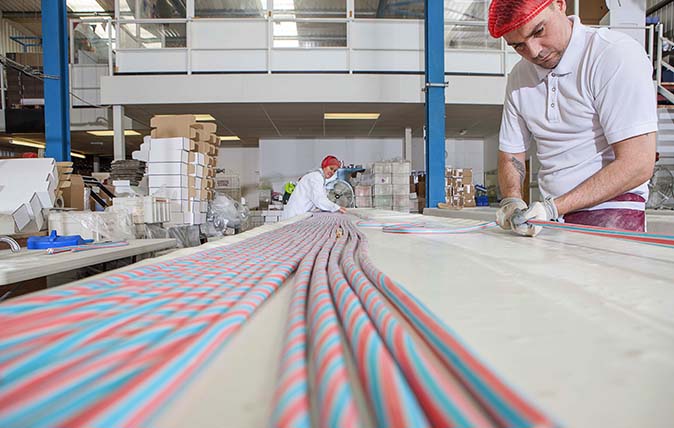
Have you ever wondered how they put the letters in a stick of rock? Coronation World rock factory in Blackpool has been making the seaside speciality for 91 years and runs factory tours for visitors who wish to see the process first-hand.
‘It takes about five years to train our staff,’ says Jan Atkinson, whose husband, Ian, bought the business in 1990. Rock making is a hands-on process. ‘People who work with rock need to get used to the feel of it,’ explains Mrs Atkinson.
‘The product has to be kept warm and malleable.’ It’s no surprise that they develop asbestos fingers, as mothers and chefs do.
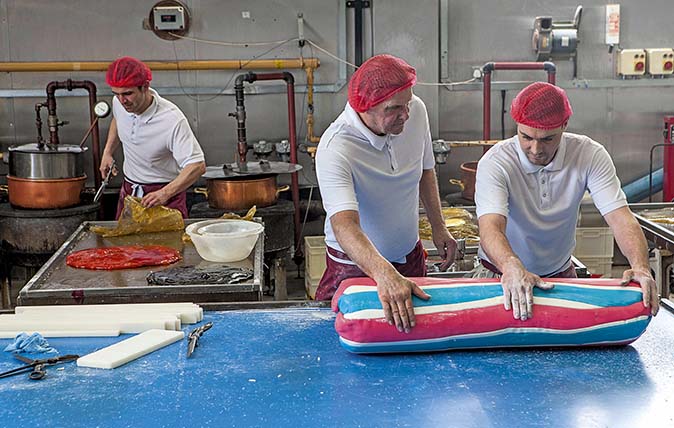
The makers work at large tables, mixing colouring and flavouring into the molten sugar by hand. Letters are made in long, 3D strips and interspersed with white, before being wrapped in coloured sugar. The end result is a large bar weighing roughly 60kg (130lb), as seen above being rolled by David French and his son, Anthony (in the background is Jamie Earnshaw, colouring rock).
Finally, the bar is transferred to a roller that makes it long and thin, before being cut and packed for sale.
‘We make rock for absolutely everyone: the RNLI, Harrods, Hamleys, Spain, Australia, New Zealand and Canada. The Isle of Man has square rock,’ elaborates Mrs Atkinson.
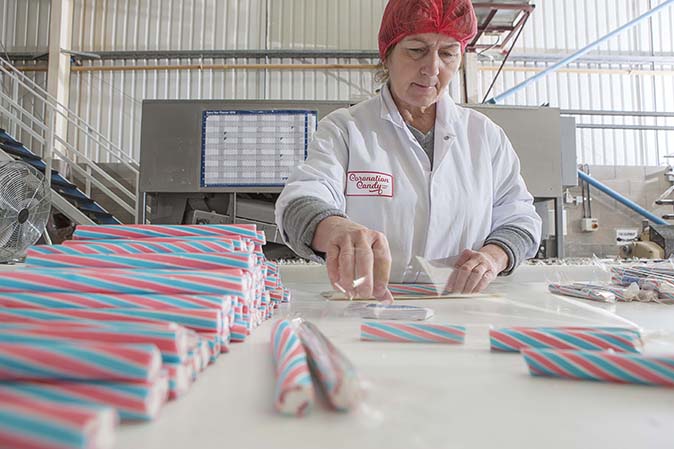
‘We’ve done Marmite flavour, tikka-masala flavour – whatever the customer wants. We even sell sugar-free rock now, but Blackpool rock is traditionally sweet and that’s why people love it.’
Exquisite houses, the beauty of Nature, and how to get the most from your life, straight to your inbox.
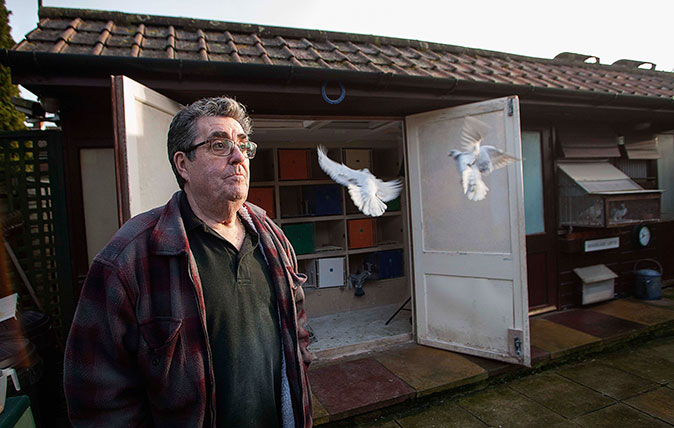
Credit: ©Richard Cannon/Country Life Picture Library
The Pigeon Fancier: 'I set up a deckchair in the garden and wait for them to come back. That’s the most exciting part.'
This week’s Living National Treasure is Colin Hill, a pigeon fancier whose birds regularly race from the tip of Scotland
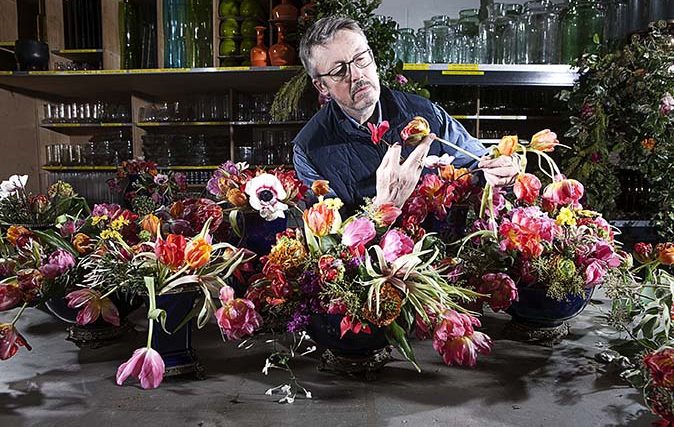
The Florist: 'What I do is like good cooking – if you have beautiful ingredients, you can’t go wrong'
This week's Living National Treasure is royal florist Shane Connolly – and while he might be based in Britain, he's
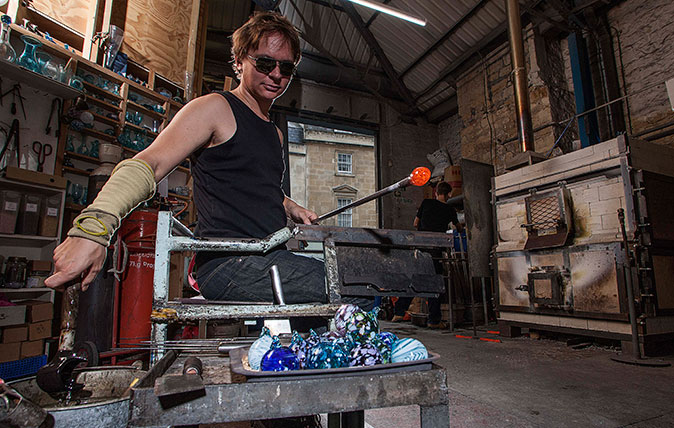
Credit: Living National Treasure: The Glassblower - ©Country Life/Richard Cannon
The Glassblower: 'When something goes wrong you can't fix it – you just sling in into the bosh bucket and start again'
Ian Shearman's team of glassblowers are still making glass using a technique that's 2,000 years old. Mary Miers found out
Country Life is unlike any other magazine: the only glossy weekly on the newsstand and the only magazine that has been guest-edited by His Majesty The King not once, but twice. It is a celebration of modern rural life and all its diverse joys and pleasures — that was first published in Queen Victoria's Diamond Jubilee year. Our eclectic mixture of witty and informative content — from the most up-to-date property news and commentary and a coveted glimpse inside some of the UK's best houses and gardens, to gardening, the arts and interior design, written by experts in their field — still cannot be found in print or online, anywhere else.
